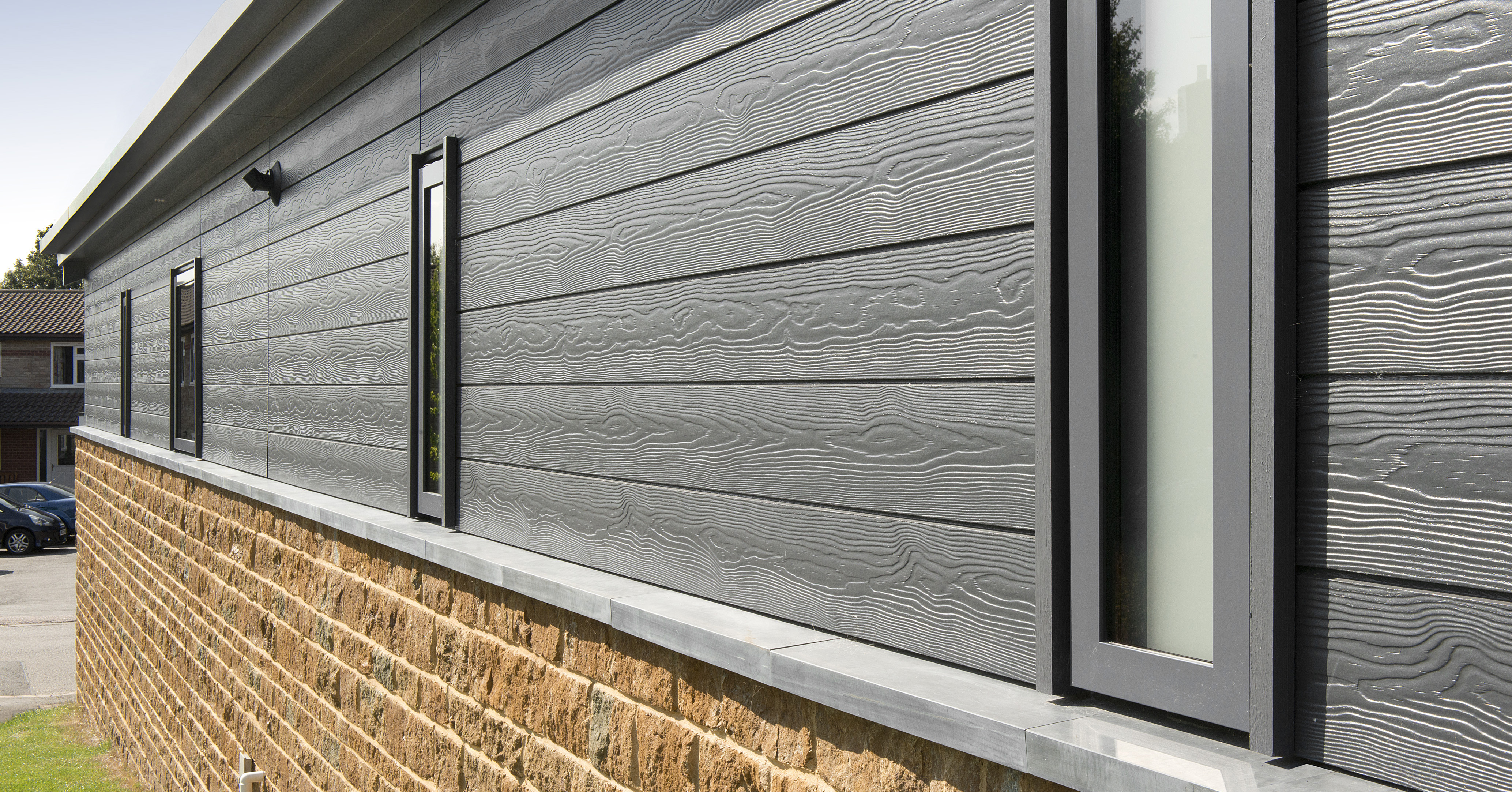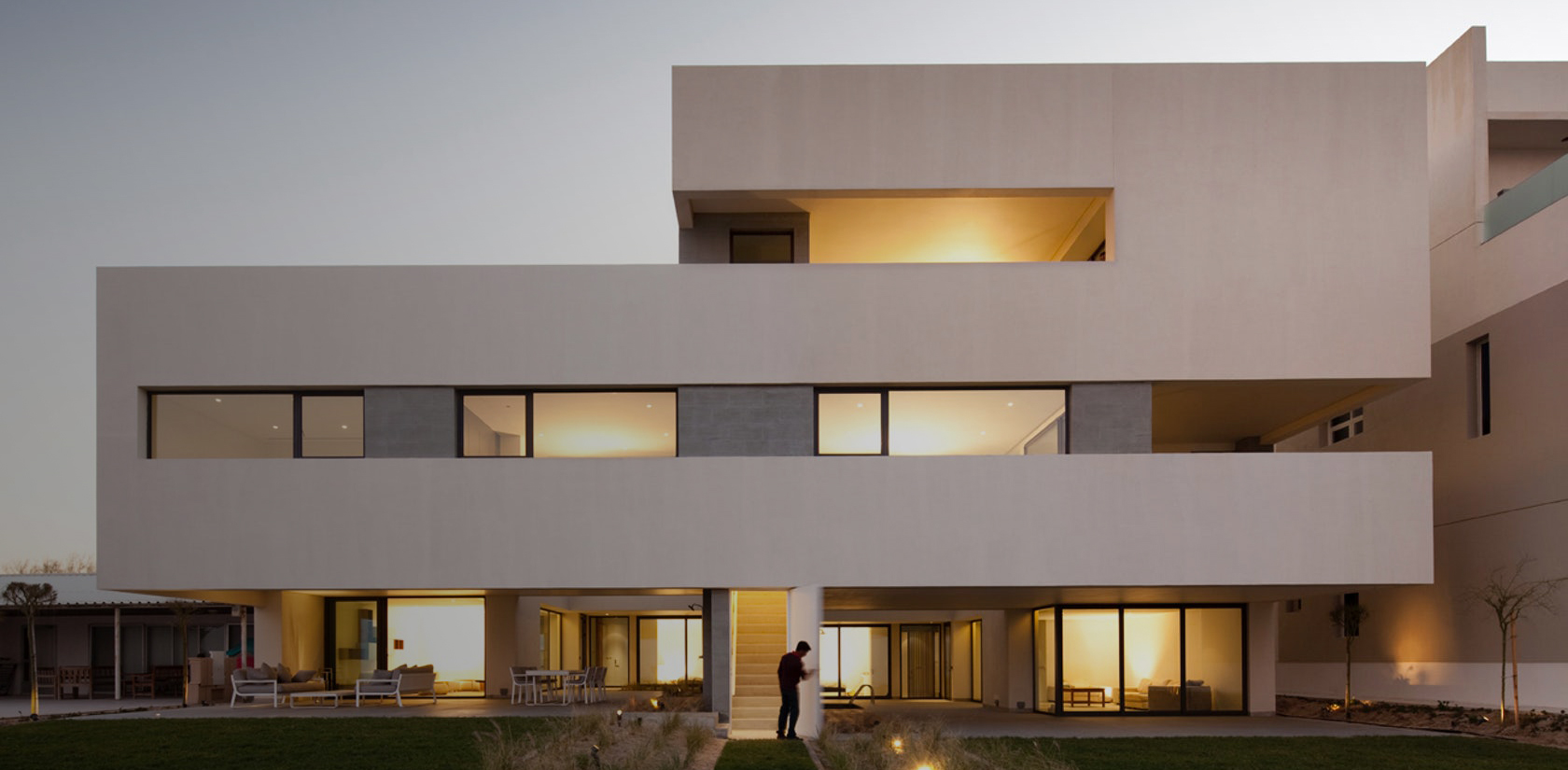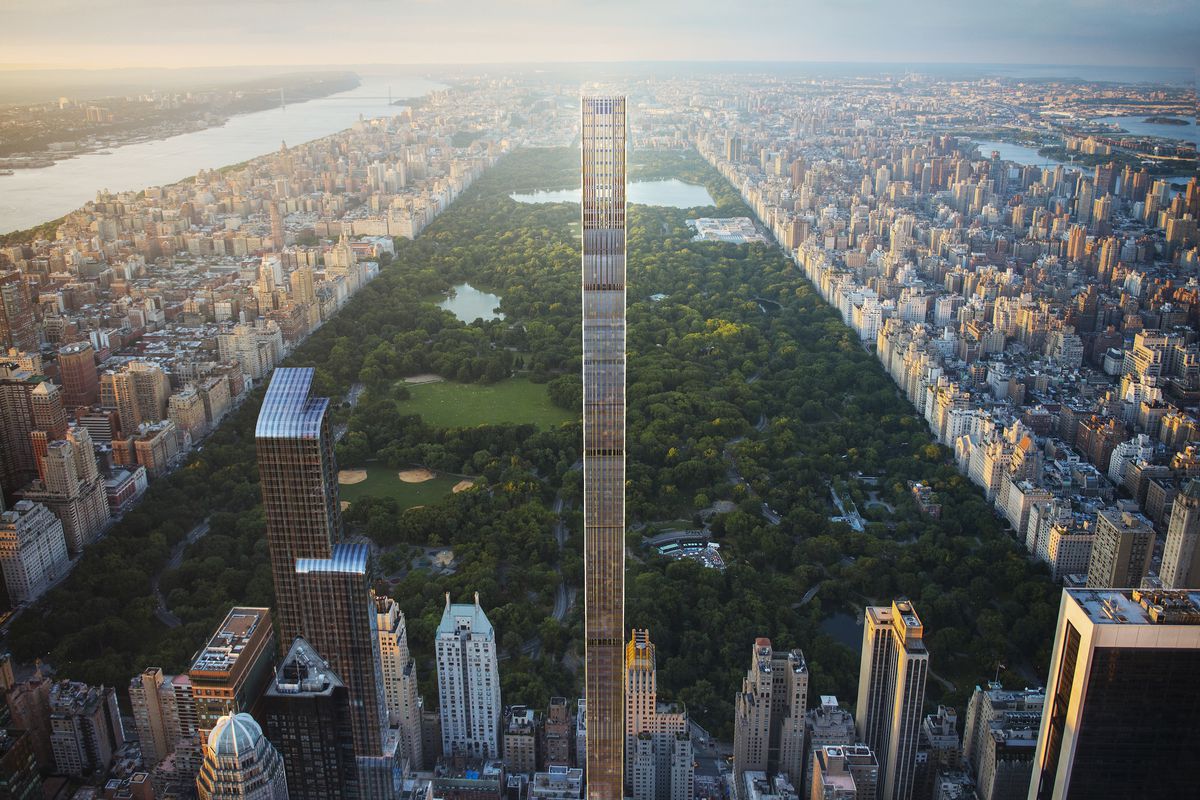Architects: Want to have your project featured? Showcase your work through Architizer and sign up for our inspirational newsletter.
Sometimes, it is like we are on an endless march to omit wood from wood and stone from stone. From laminate flooring and wood veneer to stone-effect ceramic tiles, it feels as if we spend more time imitating authentic materials than celebrating their honest strengths. Ghastly as it is to architectural purists, is the practice going to stop? Truthfully, no. But when carried off well, it might just be OK.
Let’s take wood as an example. While few other building materials hold the beauty or emotional connotations of timber, imitative alternatives have arisen because cladding an entire building in wood can prove expensive, prone to warping and hard to maintain. When well detailed, fiber cement cladding can over a solution to these problems, while taking on the appearance of wood that so many clients desire.
With that in mind, let’s refrain from judgment, willingly ask this (perhaps taboo) question and try to give fiber cement a fair chance against wood, a long-standing king of cladding materials.

Left: 3SHOEBOX HOUSE by OFIS architects clad in dark wood panels; right: residential building clad in Vintage Wood fiber cement panels by Nichiha; a comparative look at the exterior results of wood and fiber cement cladding.
Now a century old, fiber cement continues to promise the best of many worlds. Made with cement, sand, cellulose and other additives, it is fire-resistant, provides durability and longevity and maintains a sought-after look with very few noticeable signs of aging. As candidly expressed by Bethesda-based architect Mark McInturff, “Bugs don’t eat it, paint stays on it and it doesn’t rot.” Pretty neat, right?
According to James Hardie’s product manager, Dale Knox, fiber cement will cost just a bit more than half of what cedar siding would cost. On average, fiber cement costs $3 to $3.50 per square foot (still twice as much as vinyl siding), while cedar siding costs $4 to $6 per square foot.

Left: Installed HardieShingle via James Hardie; right: recommended blind nailing installation technique via James Hardie
So let’s consider the options. Beyond offering endless finishes, leading companies like James Hardie, Nichiha, CertainTeed, Allura and Woodtone are manufacturing wood-grain products available as horizontal panels, vertical panels, shiplap and shakes — customized shapes that resemble wood siding. James Hardie — the Kleenex of fiber cement — offers products in 28 colors, six profiles and finishes ranging from rough-sawn to completely smooth.
The famous HardieShingle siding, most often associated with Cape Cod–style homes, offers the distinct look of cascading cedar shingles and provides the option of completely concealing all aspects of the installation hardware, as pictured above.

Left: Nichiha’s Vintage Wood Architectural Wall Panels via Nichiha; right: Allura USA’s 50-year-warranted Fiber Cement Lap Siding via Allura

A breakdown of Nichiha’s popular wood-effect fiber cement panels
Architects have also celebrated Georgia-based competitor Nichiha for its ability to reproduce an authentically textured wood-stain appearance. Using a proprietary stamping procedure rather than the more commonly used rollers of other manufacturers, Nichiha is able to use increased pressure to create deeper grooves, increased shadows and a more dramatic visual effect.
Additionally, with a five-layer protection system including two coats of primer and an anti-efflorescence coating that prevents chalky residue from appearing, Nichiha’s Sierra Premium products are warranted against 30 years of use.

EMME House by Areal Architecten clad in fiber cement shingles, image by Thomas De Bruyne
While fiber cement is not wood, and it never will be, it is a widespread cladding material for very good reason. Given its popularity, fiber cement cladding options are increasing in terms of both style and versatility, and suited to private residential, multi-unit and commercial construction. That said, in determining whether or not to use it in place of natural wood, it is essential to identify what exactly you are trying to achieve.
Regardless of architectural typology, climate or terrain, the decision comes back down to material authenticity versus material performance. The latter of these considerations, which includes longevity, durability and affordability, are all strong reasons to turn toward fiber cement siding.
Architects: Want to have your project featured? Showcase your work through Architizer and sign up for our inspirational newsletter.




